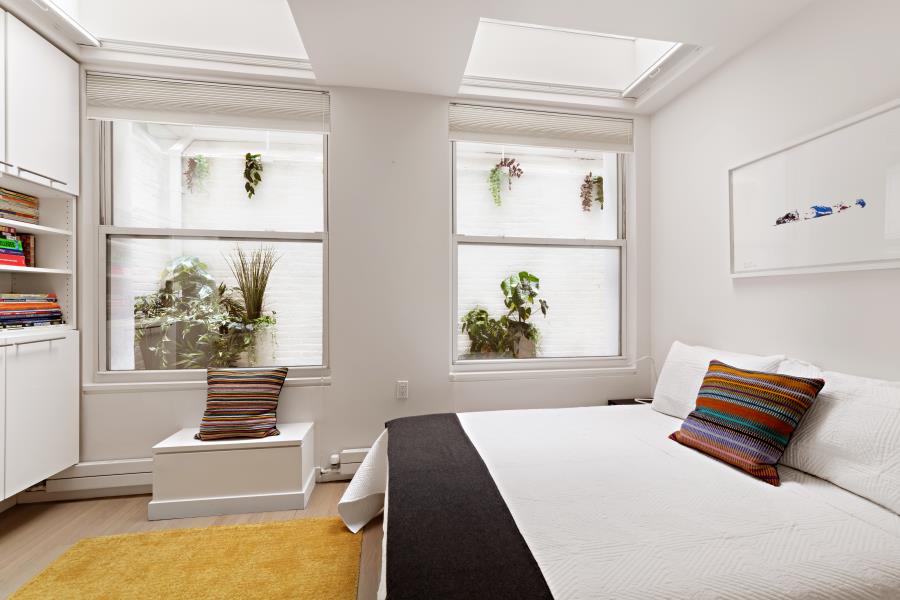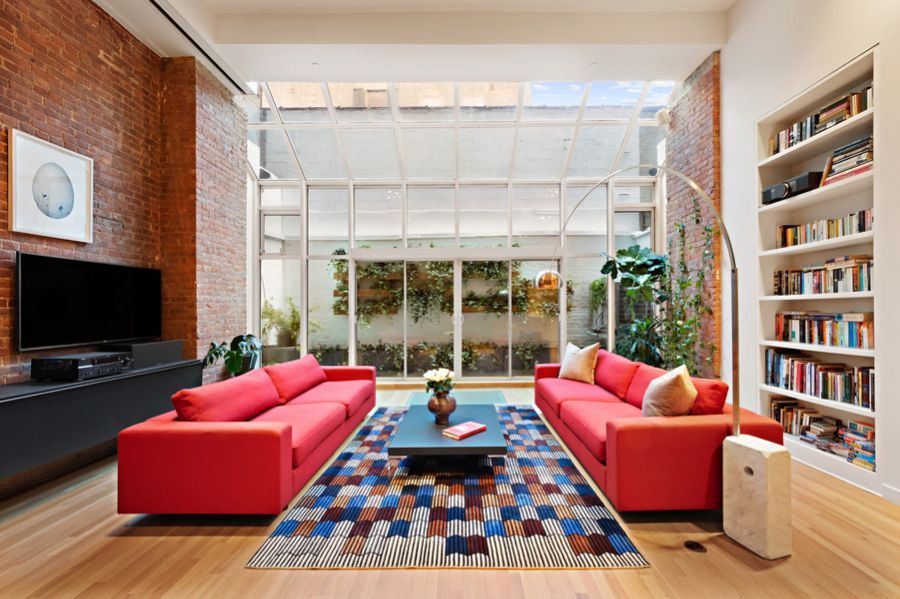In the modern world, where concrete jungles dominate our landscapes, there's a growing longing for a connection to nature. This yearning has sparked a significant rise in the popularity of biophilic design in homes—a design philosophy that seeks to integrate natural elements and patterns into built environments. This movement is not merely about aesthetics; it's about fostering a deeper connection with nature and reaping numerous benefits for our well-being.
“Particularly in urban centers like New York City, biophilic design is a welcomed trend toward connecting with nature, which is one of the most important things for the spirit. It can help change your perspective and remind you where we call came from.” - Richard Orenstein, Brown Harris Stevens Broker
Biophilic design incorporates elements such as natural light, indoor plants, natural materials like wood and stone, and views of nature into architectural spaces. These features not only enhance the visual appeal of a home but also have tangible benefits for its occupants.
A prime example is 123 Prince Street #1 in SoHo, which is currently on the market and represented by Orenstein. As seen in the above and below photos, the home features two biophilc gardens.
“Two of the lower-level bedrooms look out onto a biophilic garden the owners created based on Japanese principles. The result is an infusion of life in an otherwise limited-light space and a calm ambiance.” - Richard Orenstein
One of the primary advantages of biophilic design is its positive impact on mental health and well-being. Studies have shown that exposure to nature, even in simulated forms, can reduce stress, anxiety, and even improve cognitive function. Incorporating elements like indoor plants or a small garden area can create a calming and rejuvenating atmosphere within the home, promoting relaxation and mental clarity.

Moreover, biophilic design has been linked to physical health benefits as well. Improved air quality through the presence of indoor plants, for example, can lead to better respiratory health and overall vitality. Natural light, another key component of biophilic design, not only reduces the need for artificial lighting but also helps regulate our circadian rhythms, promoting better sleep patterns and overall health.
Biophilic design also has positive implications for the environment. By utilizing sustainable materials and reducing energy consumption through passive design strategies like maximizing natural ventilation and daylighting, biophilic homes contribute to a healthier planet.
